Summary
- Start on the right foot in Foundation by focusing on town layout, prioritizing food, and upgrading housing density early.
- Establish sheep farms early on for clothing production; build tall structures to maximize space in the city.
- Circle-shaped village layouts work best in Foundation, with key buildings in the center and housing surrounding it.
Foundation is a complex city-builder game with a lot of different moving pieces within it. If players want their medieval town to run smoothly and become successful, they might be wondering where to start and what the most important things to do first are.

Related
6 Best Medieval Themed Roguelikes, Ranked
These roguelike games use their medieval settings to add to the atmosphere and inform how the gameplay works.
To get off on the right foot, fans will need to make sure their town is in the right shape, that they get the right buildings up and running first, and that they have a good idea of what they want their town to look like as it grows. These beginner tips are here to help players through every level of building in Foundation.
6
How To Get Started In Foundation
The Very Beginnings
It’s pretty important to get going on the right foot in this relaxing city builder. In order to have the best start, it’s best to remember that none of the tutorial missions are timed. Players don’t have to accept, or push through, any of the quests.
They won’t get any rewards for most of them, and some won’t come at the right time for their playthrough. These quests do teach players how to get through the hardest parts of the game, so they’re a great learning tool, but don’t take them too seriously.
5
Know Which Foods To Prioritize
Tasty Treats For The Villagers
In the beginning, all of the villagers will be serfs. Serfs only need access to one food, but they want access to one refined food. If they have both available, their happiness will be higher, but they don’t need the refined food to be content. Therefore, players will want to focus on establishing their rustic foods, which are berries and fish, before they think about wheat or meat production. Once they have a good backlog of both and have a strong foundation with loads of food buildings that should be prioritized in Foundation, like Berry Huts and Fisheries, along with a hearty helping of full Granaries, it’s time to look at refined foods.
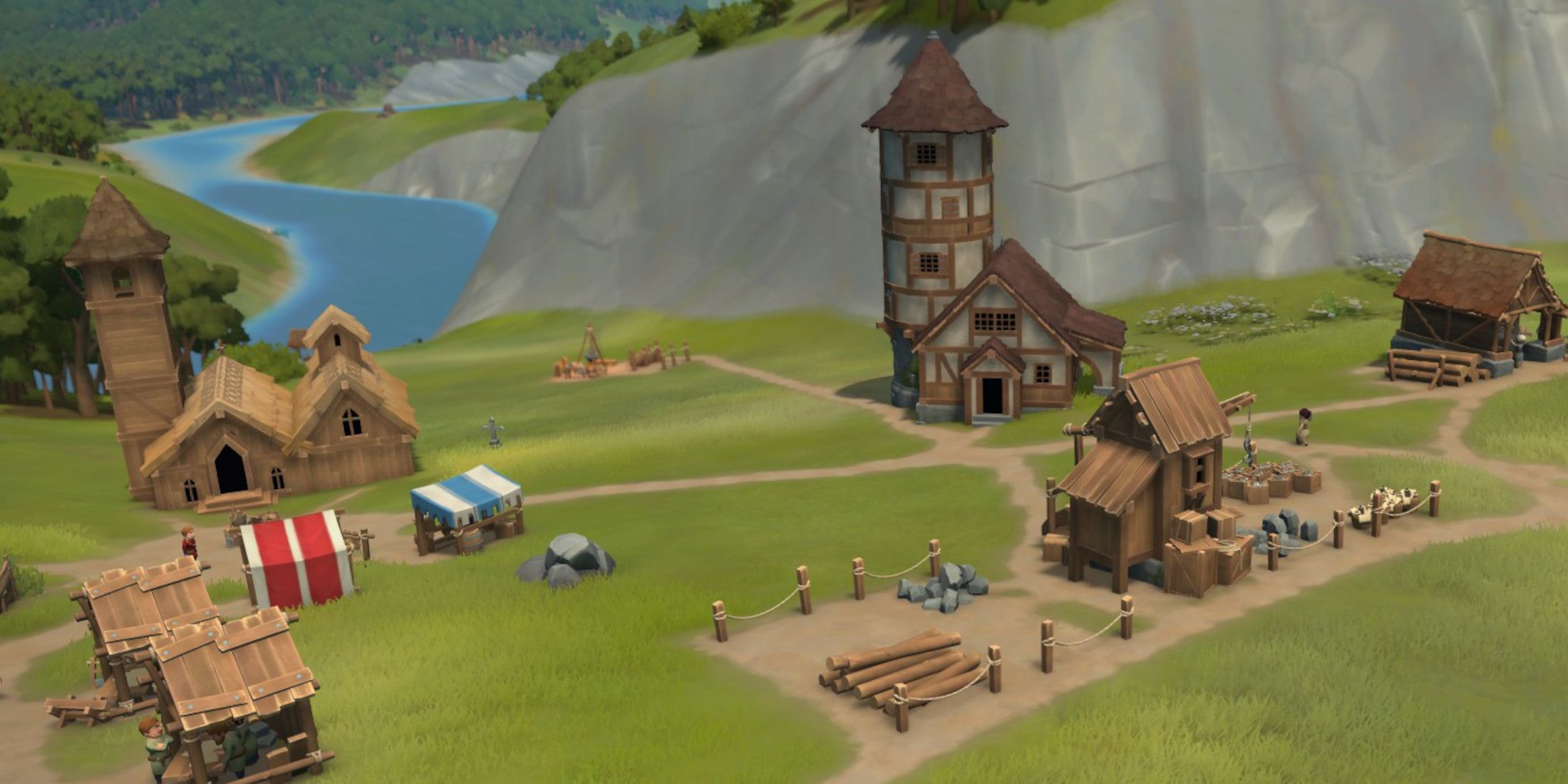
Related
Foundation: 8 Best Buildings To Prioritize
There are dozens of different buildings with different functions in Foundation, and it can be hard to pick which ones to build first.
Players should pick one refined food, either meat or bread, to start with and focus on getting those numbers up while maintaining their rustic food as well. Once they have a solid foundation of both bread and meat, they can start upgrading their serfs to commoners. If players try to upgrade their villagers before they have meat, bread, loads of rustic food, and several food stalls that serve each of these things in every part of their villagers’ housing districts, they will end up with a lot of unhappy citizens. The rustic food that should be prioritized first in Foundation is fish, and the first refined food to focus on should most likely be bread since it’s needed for some mandates and trade routes.
4
How To Deal With Housing
Everyone Gets A Home
In order to keep all serfs happy, players need to make sure to get and quickly upgrade housing. The best way to do this is to upgrade housing density in Foundation, which means buildings can hold more villagers. This makes better use of space, and players can fit more people closer to their workplaces. Villagers will not use a house that is too far from where they work, and they won’t live in a house that isn’t up to their standards.
In order to upgrade housing density, players just need to add a Balliff Manor House, a Watchtower, and both fortification types. Make sure they have enough patrolling units to cover all their homes, then make sure they have enough guards to work all the towers or wall entrances. The following steps are a good guideline to stick to:
- Build a Manor House for a Balliff, then elect a Balliff.
- Build a Watchtower Manor House.
- Paint all people’s homes with the Patrolling paint.
- Hire enough Watchtower Patrollers to make sure all the homes are covered.
- Hire enough Watchmen to cover all the entrances or watchtowers in town.
- Make sure every home is either surrounded by a stone city wall or covered with both village and city watchtowers.
- Houses should automatically upgrade once a builder is available in this historical city builder.
3
Building Priorities
Getting Everything Built In The Right Order
One of the best ways to ensure everyone in a village is healthy and happy early on is to firmly establish items before moving on to the next item. For example, if players want to prioritize getting cloth, clothing, and sheep farms going early in their playthrough, they should build up enough sheep farms first to make enough wool for all their villagers to be able to buy clothing. They will need three wool per piece of cloth, and one cloth per piece of clothing. They want to make sure that they have enough sheep to produce three wool per commoner for every 12-14 in-game days.
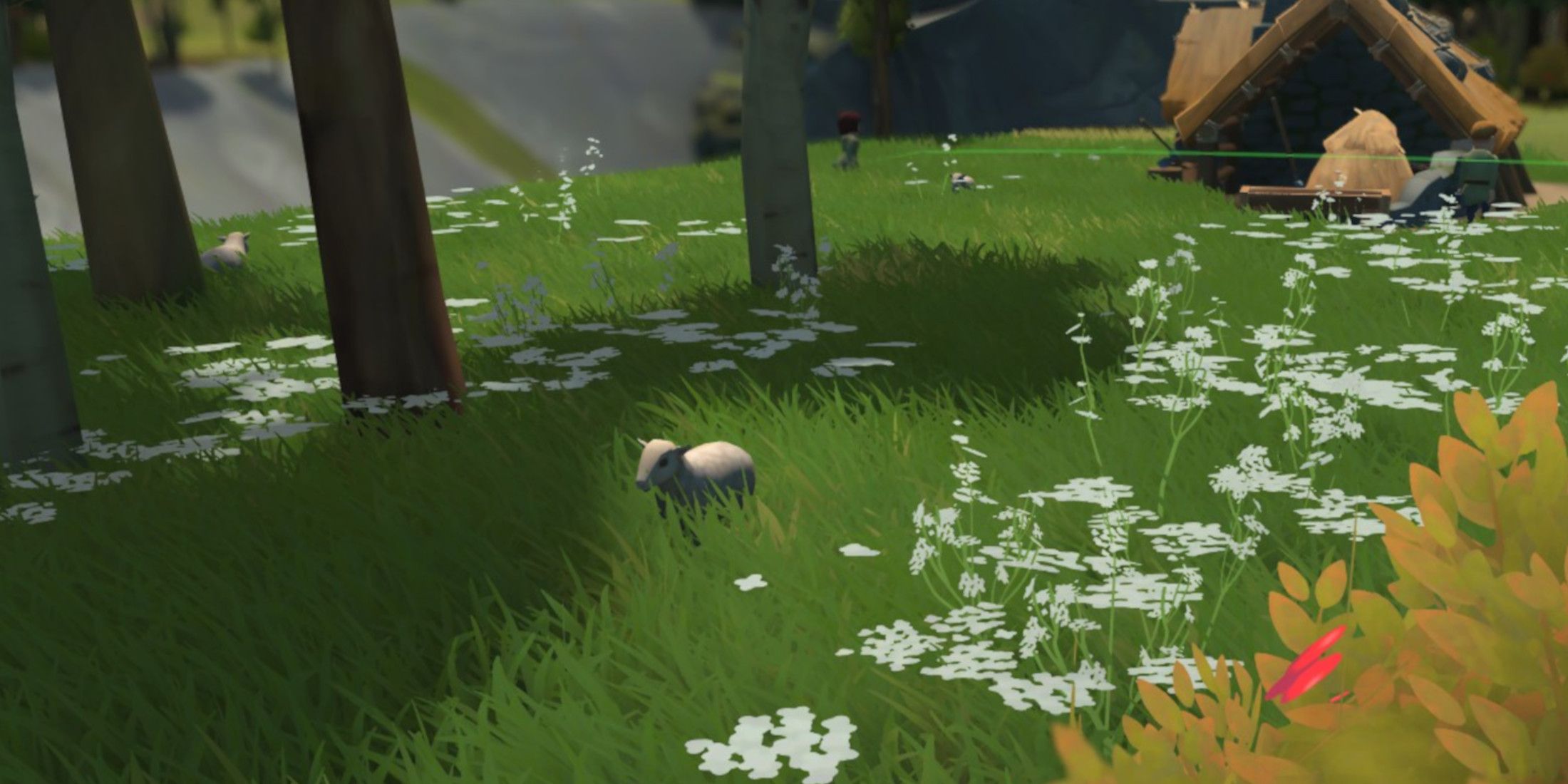
Related
Foundation: How to Get Wool (How to Get Sheep)
In Foundation, you will need to build a medieval town from the ground up, and this includes getting wool clothing for your serfs and other townsfolk.
Sheep farms with two people in them make three wool per day in this medieval game. Therefore, players need one sheep farm for every 12 or so commoner-level people in their town. Of course, they want to make sure they also have some additional farms to help build up a backlog and have some wool to sell as well.
2
Build Up, Not Out
The Higher The Better
Manor Homes, Village Markets, and other similar buildings can take up a lot of space inside the town if players build them out rather than up in this beginner-friendly city-builder. If they’re building something that needs to hold a lot of people, such as churches, watchtower manor homes, and city markets, when players are putting the base down, there will be arrows that they can drag either up or out on some of the buildings.
The higher they build a tavern or a church, the more partons it will be able to hold. Taller city markets will hold more items, and taller watchtowers give more slots for both patrolling guards and watchmen.
1
Building For The Future
Make The Village The Right Shape
In order to get the best outcomes in this well-received game, players will want to think hard about what their layout will look like in the future. The best way to put together a village is in a circle; place the Manor Houses, buildings that don’t make a neighborhood undesirable, and market stalls in the center.
Then, players can make a circle of housing around that, then a city wall, then farms and other buildings on the exterior of the wall. They will want the circle to be fairly large to make sure they can hold all their villagers and the large buildings as well.

City Builder
Simulation
Strategy
- Released
-
January 31, 2025
- Developer(s)
-
POLYMORPH
- Publisher(s)
-
POLYMORPH
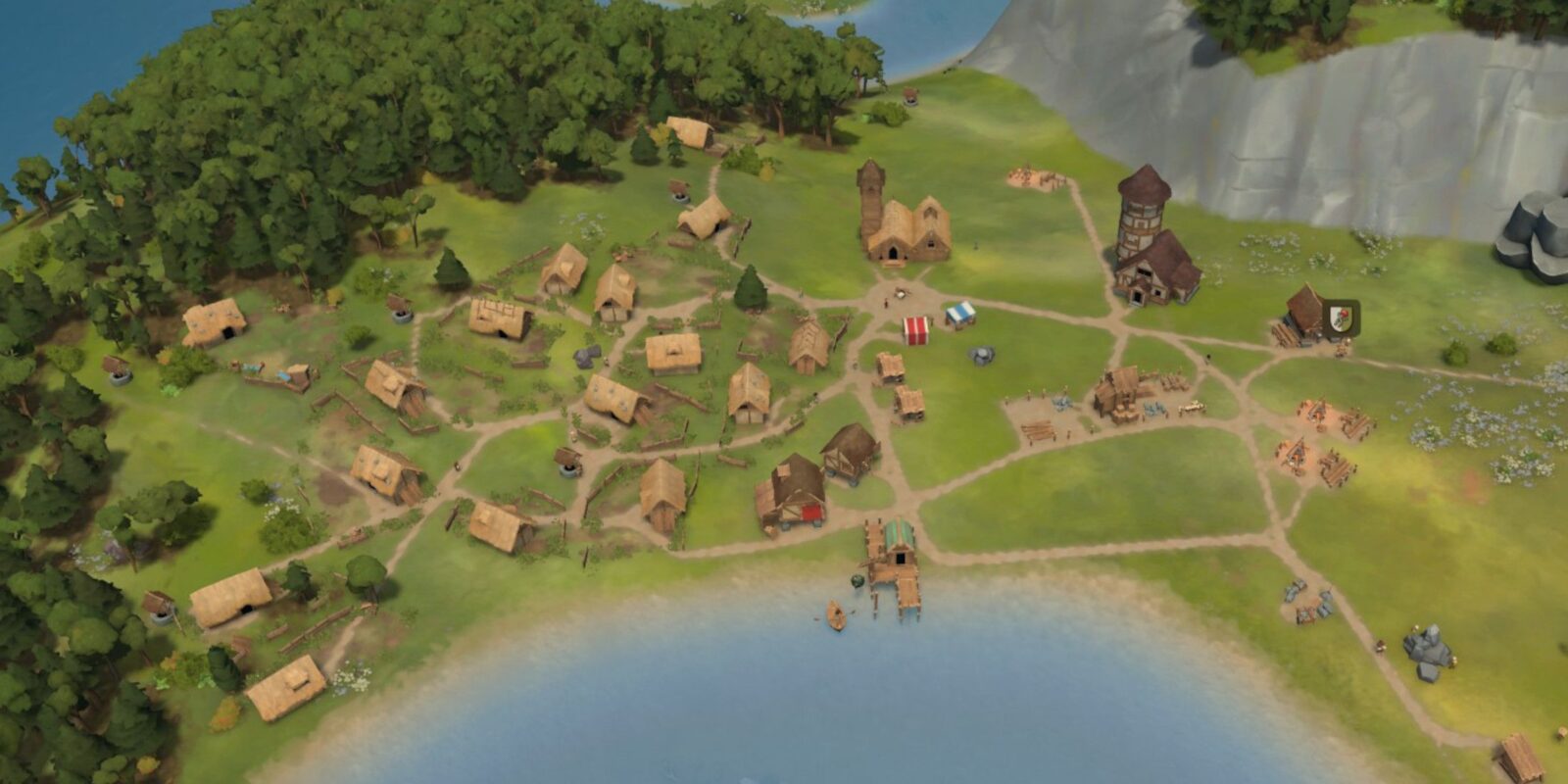

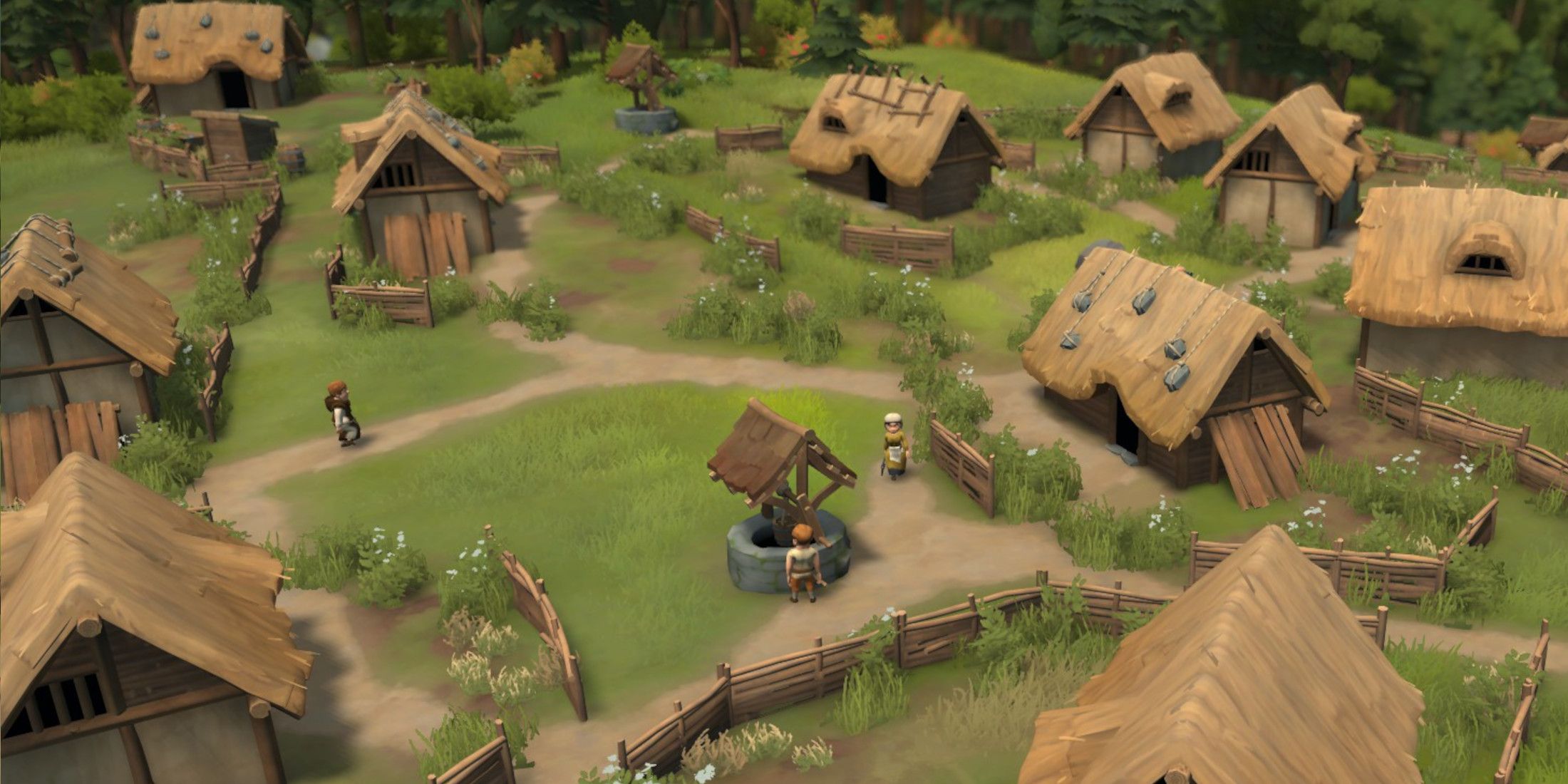
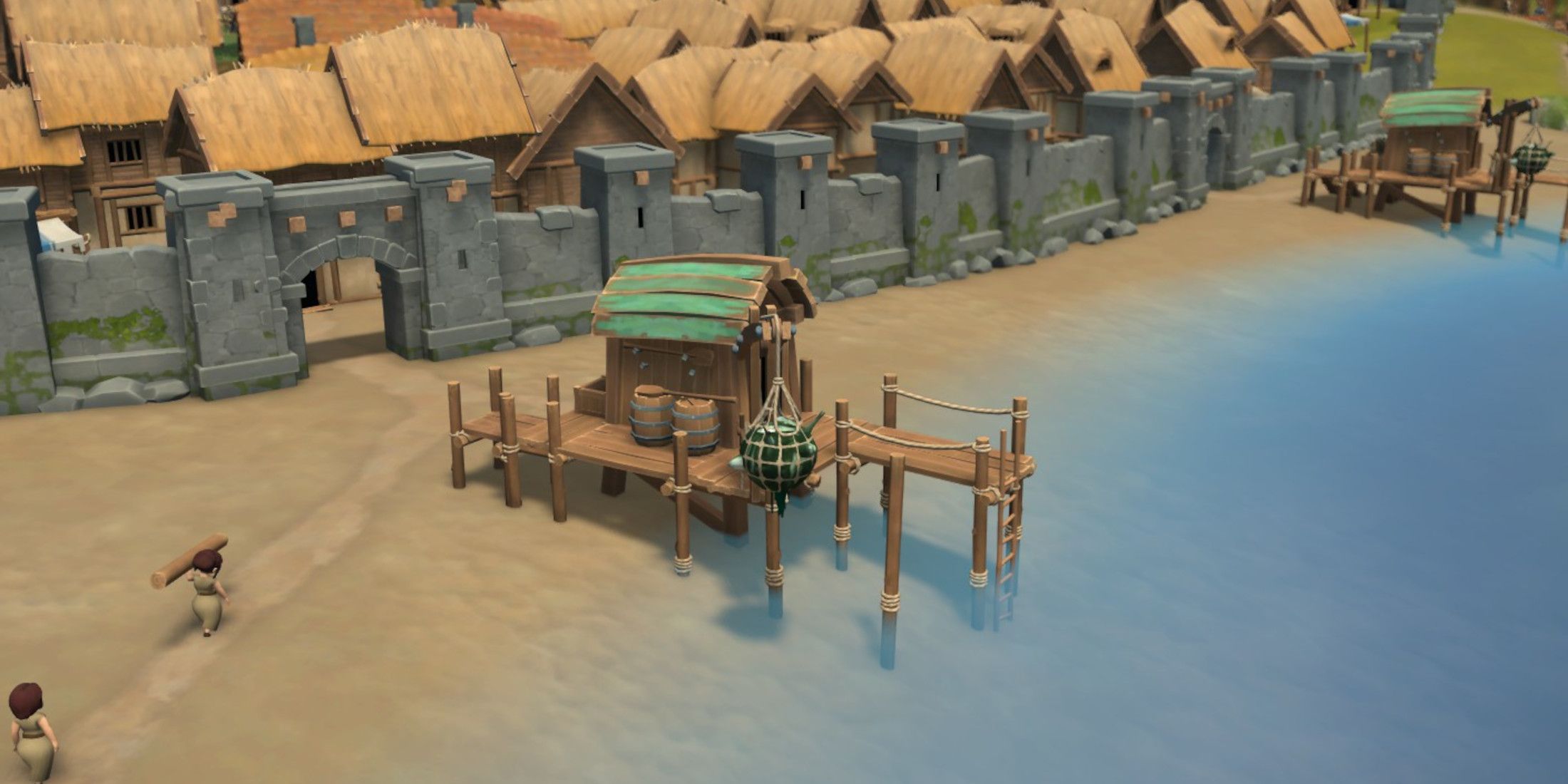
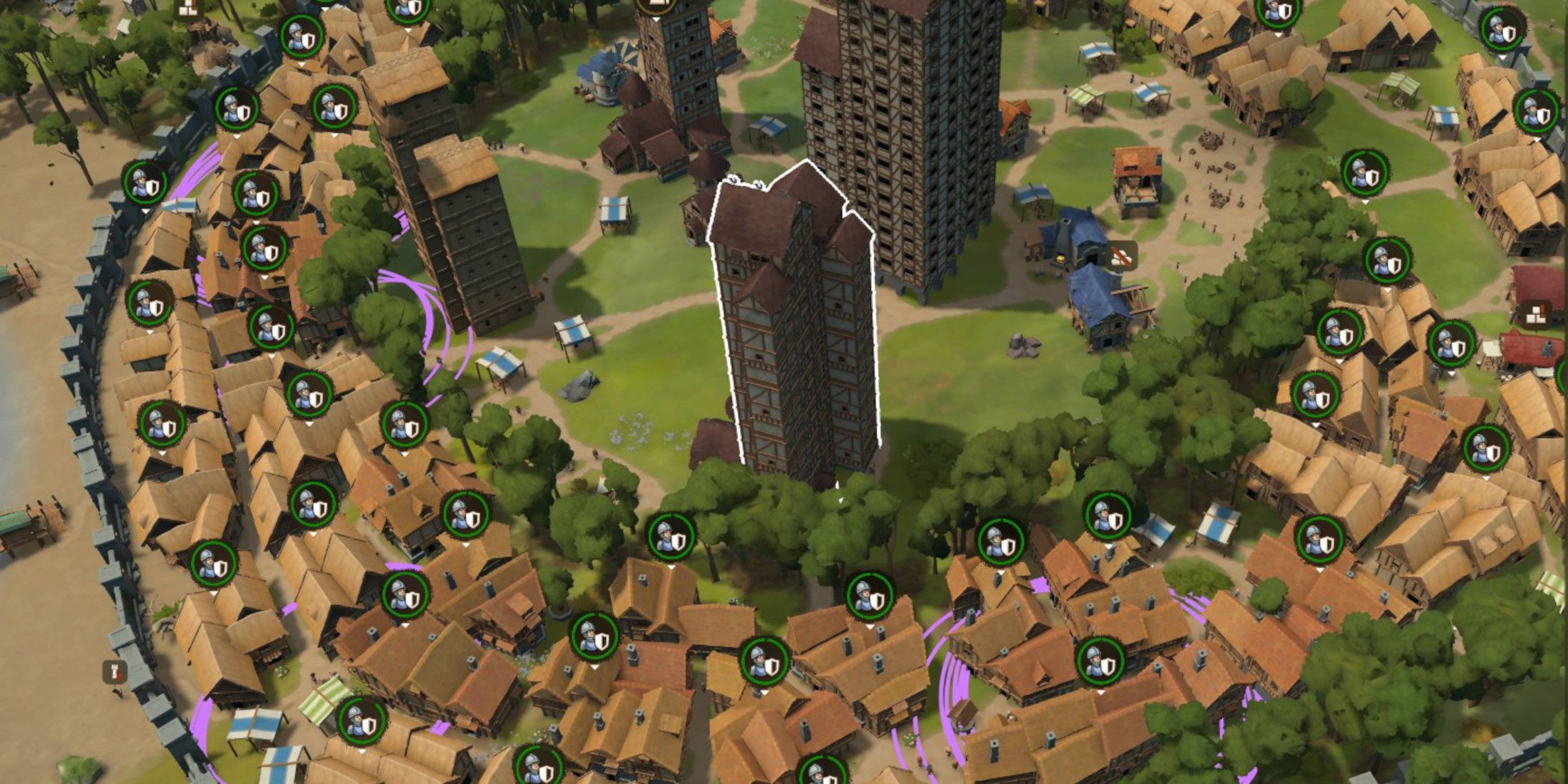
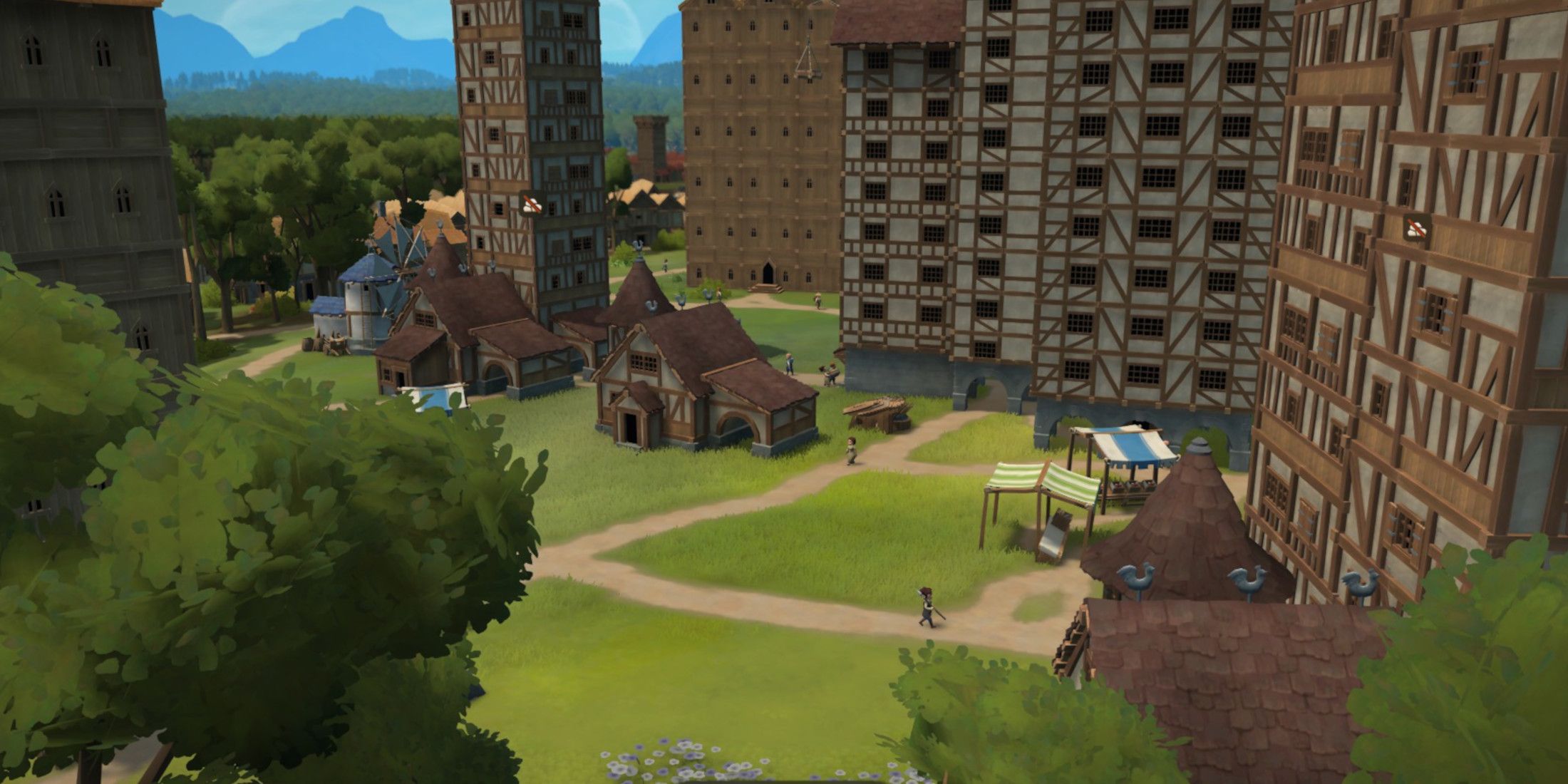
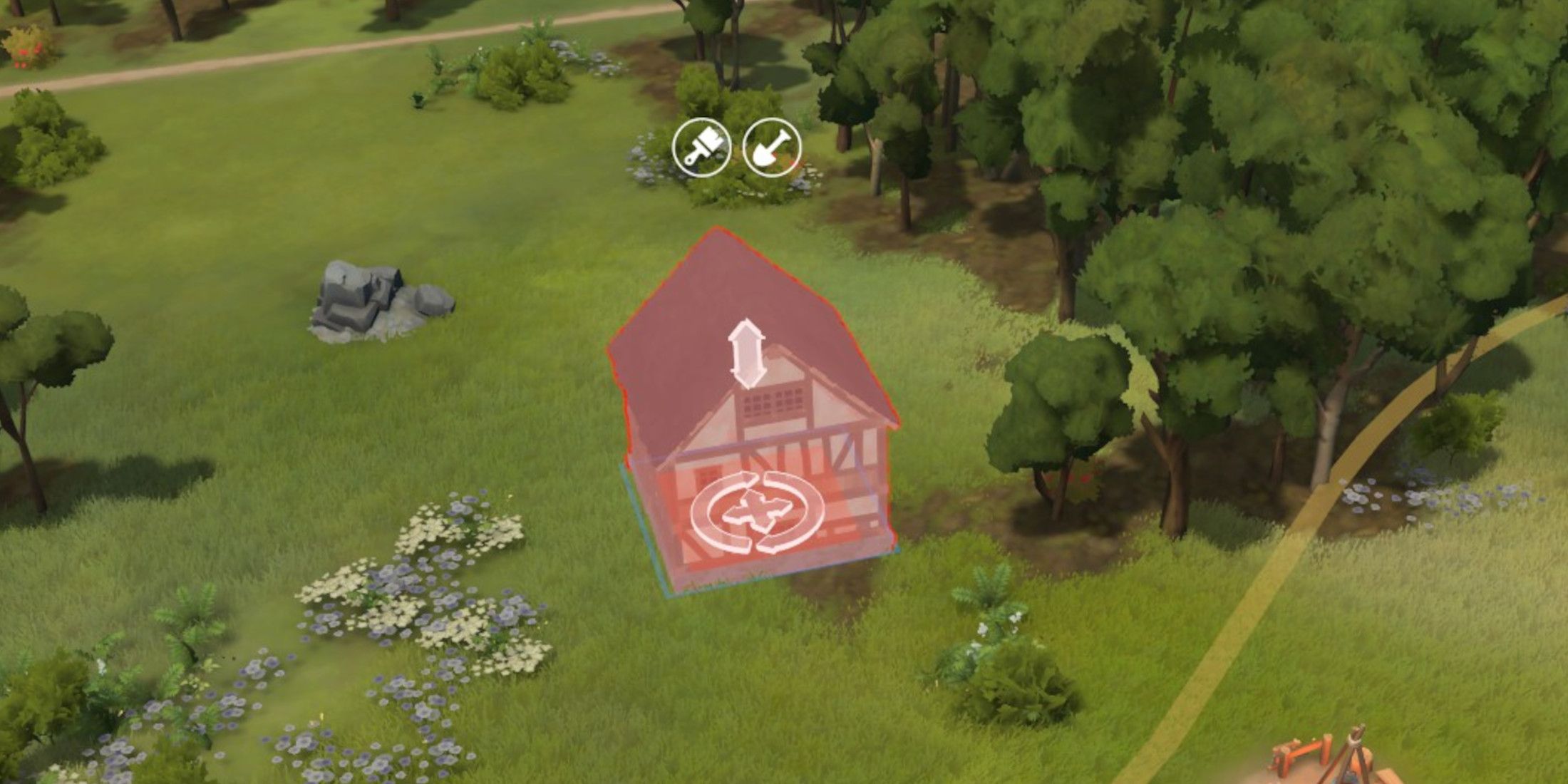
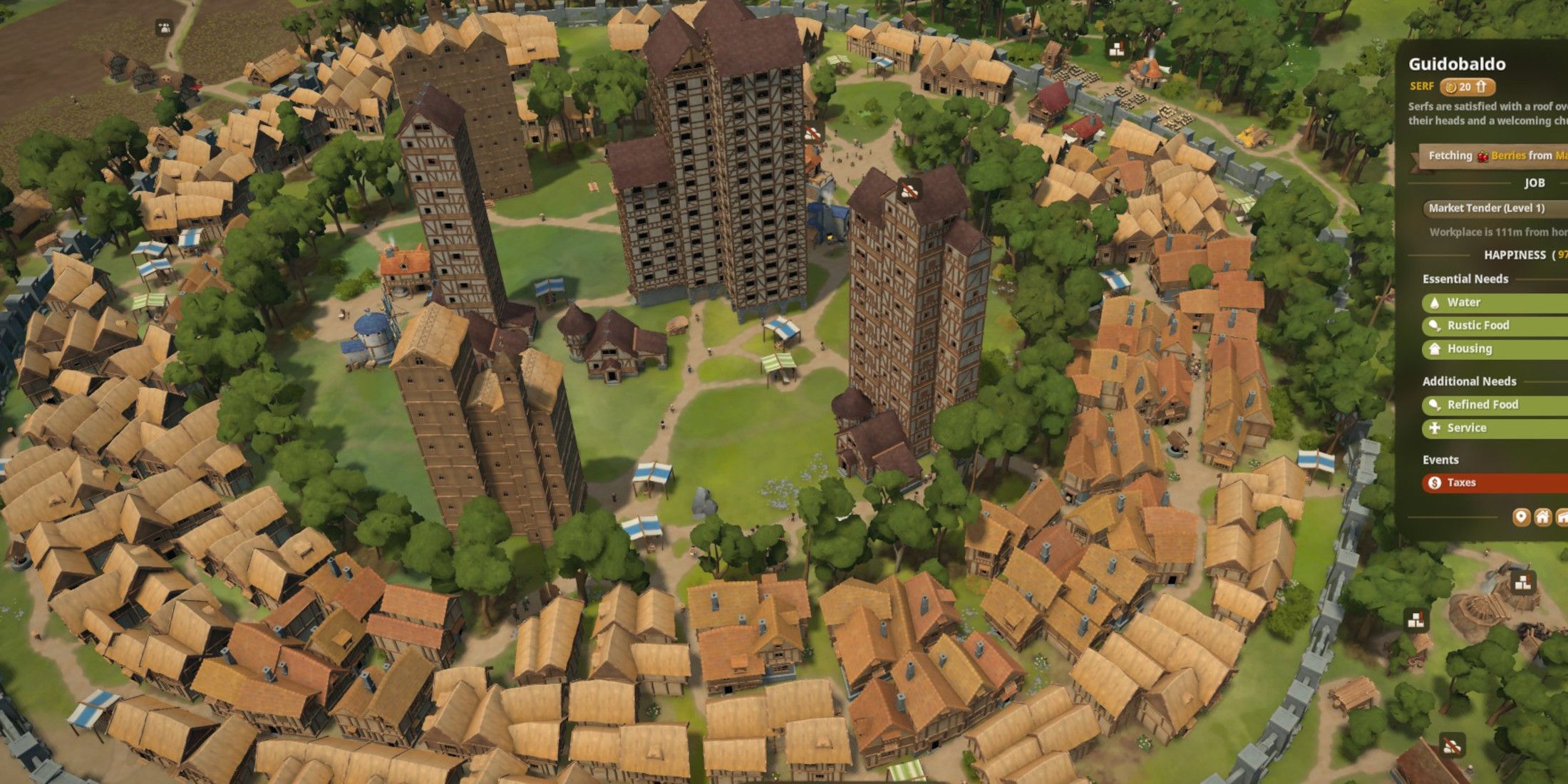










Leave a Reply